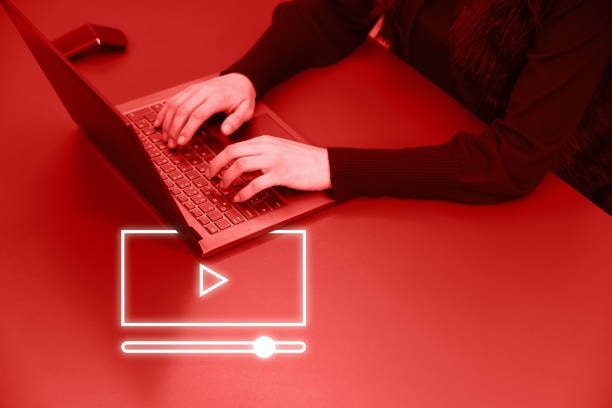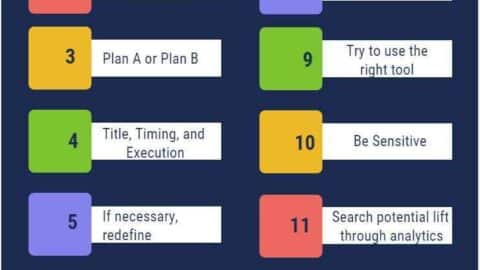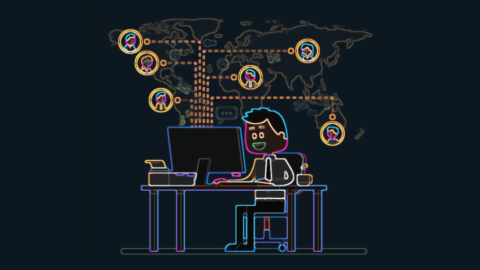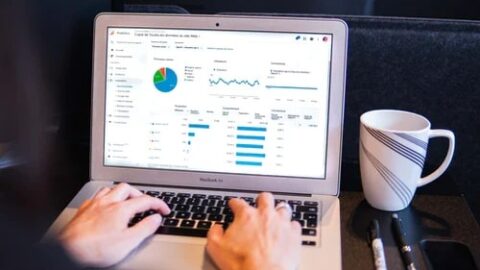What Is a DRM Software?
A DRM software is a program that restricts the use of digital content. This type of software is commonly protect copyrighted material from illegal use. DRM software can also be used to restrict access to certain files or websites. The use of technology to regulate and manage access to content that is protected by copyright is referred to as digital rights management (DRM). A further interpretation of the term “digital rights management” (DRM) describes the act of transferring ownership of digital content from the individual who has it to a computer program. The goal of digital rights management software is to safeguard the rights of the copyright owners. While also preventing the work from being modified or distributed without permission.
Table of Contents
Copyright rules criminalize the unlawful distribution, exchange, and alteration of digital information. Yet policing the internet to stop illicit activities is a difficult undertaking to do. Digital Rights Management (DRM) attempts to solve this problem by erecting roadblocks that make it more difficult to steal digital content. The authors of content can also utilize apps to restrict what users can do with their material or encrypt digital media. And these can then only be accessible by anybody who possesses the decryption key. Both of these options are available to them.
What is DRM software exactly?

DRM software protects digital content from strange use and can assist in the act of protecting the content from pirates. If the rights management features are embedded within a virtual data room, this can help to protect all of the content from being used in ways that the content owner does not authorize. DRM software can help to protect the content from illegal distribution.
The proliferation of digital material over the internet via peer-to-peer file sharing, torrent sites, and online piracy has increased the significance of digital rights management (DRM). It helps entertainment and media companies protect themselves against the cybersecurity challenges. All organizations face these problems. Such as protecting customer data, ensuring and demonstrating compliance, enhancing operational efficiency, and preventing downtime. These challenges include protecting customer data, ensuring and demonstrating compliance, enhancing operational efficiency, and preventing downtime.
DRM makes it possible for writers, singers, moviemakers, and other content creators to specify and restrict what users can and cannot do with their work by allowing them to use digital rights management. It also enables them to secure the information that is protected by their copyright, protect the creative and financial investment that they have made in their work, and make it difficult for their media to be copied or redistributed unlawfully. For instance, they have the ability to block users from accessing particular assets, which enables them to avoid any legal concerns that may arise as a result of the unlawful use of such assets. This is very necessary in order to safeguard intellectual property and copy rights.
What are the benefits of a DRM software?
One of the main benefits of DRM software is that it helps to protect against piracy. DRM software can also help to protect copyright infringement. Additionally, DRM software can help to ensure that content is only in use in accordance with the terms and conditions of by the publisher. For example, DRM software can limit how many times a user can access or print a document. This can help to prevent unauthorized use of the content and protect the publisher’s copyright. DRM software can also help to protect against hackers who may try to access or steal content.
What are the disadvantages of a DRM?

The main advantage of DRM software is that it restricts the use of content and prevent users from accessing it. This can be frustrating for users who want to access the content in ways that are not accessible. For example, DRM software may prevent users from copying or sharing the content. Or from accessing it on devices that they own. This can be a major inconvenience for users. And it can also prevent them from using the content in the way that they want to. DRM software can also be difficult to use, and it can be frustrating for users to have to go through these extra steps in order to access the content that they want.
What are the common uses?
Common uses of digital rights management software include the protection of intellectual property, the prevention of piracy, and the safeguarding of digital information.
DRM software is a type of software to protect digital content from access or reproduction. It protects copyright material, such as music, movies, and software against dissemination without the owner’s permission. DRM software can help to restrict access to digital content, such as e-books, articles, and other files.
DRM software can help to protect the content from being copied, shared, or distributed without permission. It can also help to protect the content from irrelevant usage. This can include playing the content on devices that are not authorized by the content owner, or editing the content.
If you are a content creator or provider, it is important to understand the benefits of DRM software. And how it can help to protect your content. If you are looking for a DRM software solution, it is important to do your research. But there is no silver bullet that can completely prevent piracy. Digital rights management (DRM) software can help to protect your content and mitigate the impact of piracy.

David is a dynamic, analytical, solutions-focused bilingual Financial Professional, highly regarded for devising and implementing actionable plans resulting in measurable improvements to customer acquisition and retention, revenue generation, forecasting, and new business development.










